The USA Today Travel Web site has one of the best descriptions I could find of the Grand Canyon. It can be viewed here, and says:
OVERVIEW:
If there is any place on Earth that puts into perspective the grandiosity of Mother Nature, it is the Grand Canyon. The natural wonder, located in northern Arizona, is a window into the region's geological and Native American past. As one of the country's first national parks, the Grand Canyon has long been considered a U.S. treasure, and continues to inspire scientific study and puzzlement.
I found this Fantastic 360 interactive panorama of The Grand Canyon and thought I would let you all see it. I encourage you to visit the host web site, it is well worth the visit. Click here
Grand Canyon East in Arizona
HISTORY:
The Grand Canyon is estimated to be five to six million years old, and the three "Granite Gorges" found here contain crystalline rocks created during the Proterozoic Era. The rare existence of layered rock gives scientists a look into the area's history, dating back two million years. In 1858, scientists began to study the canyon to determine the nature and progression of geologic processes in the area. Even though the Grand Canyon supplies nature-lovers with an escape from society, people have inhabited the area for thousands of years. Archaeologists have uncovered artifacts dating as far back as the Paleo-Indian period, 12,000 years ago. An intensive survey of only three percent of the park has resulted in the discovery of around 4,800 archeological resources.
GEOLOGY:
The 277-mile canyon varies in width between 600 feet and 18 miles, and is one-mile-deep. One of the things that makes the Grand Canyon so grand is that its dry climate keeps the gorge from widening, leading to its extraordinary depths. The canyon is late Cenozoic feature, and consists of four plateaus carved by the Colorado River. The canyon's walls are made up of nearly 40 rock layers, and cinder cones a situated at the western end of the chasm, between the area's two most active faults, Hurricane and Toroweap. The greatest mystery of the Grand Canyon is the Kaibab limestone found at its top layer. The deposit was created at the bottom of the ocean, and was somehow uplifted 9,000 feet, where it sits today.
It is my hope these photos, in some small way, did justice to this World Wonder. Next we move north to our final destination on this vacation, Lake Powell.
Any questions or comments, please let me know.

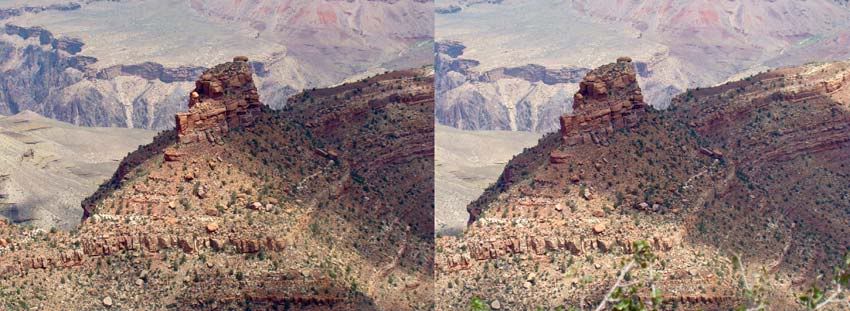

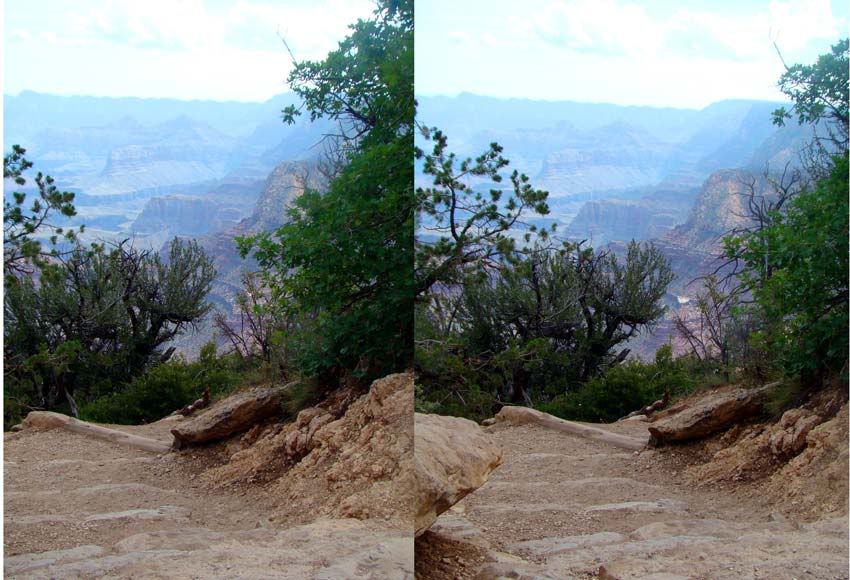
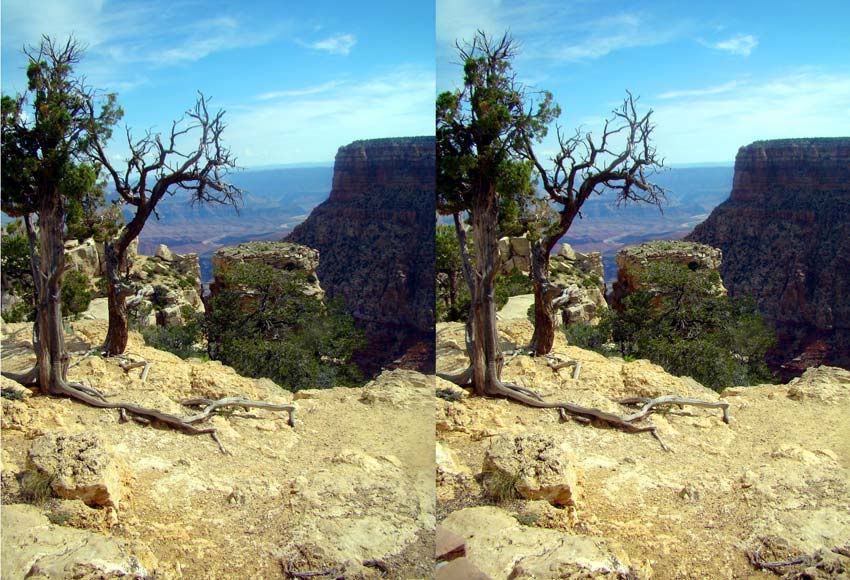

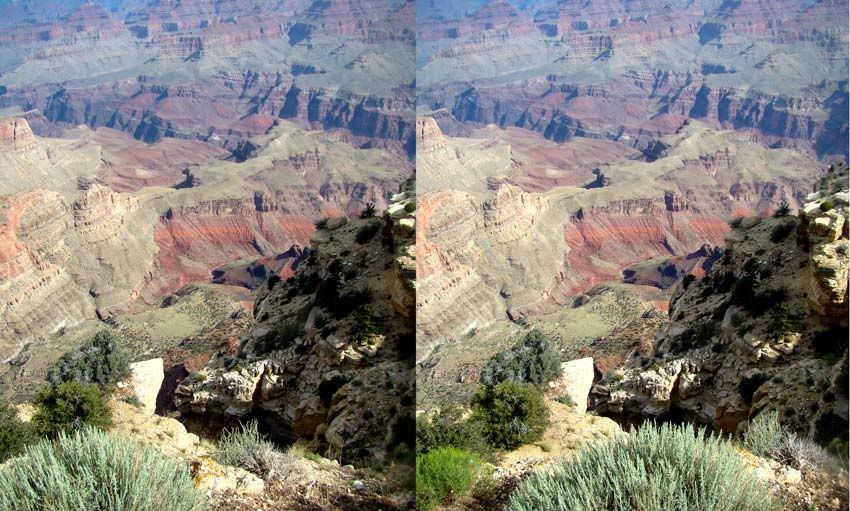

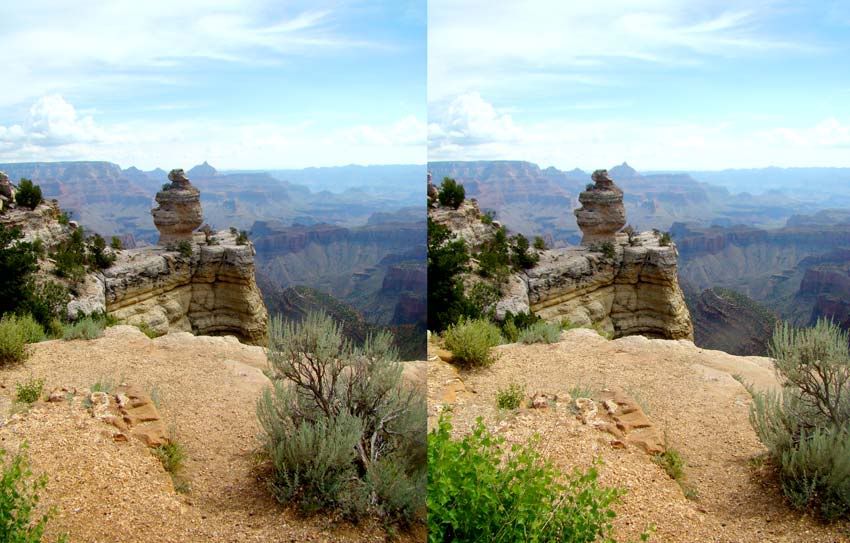
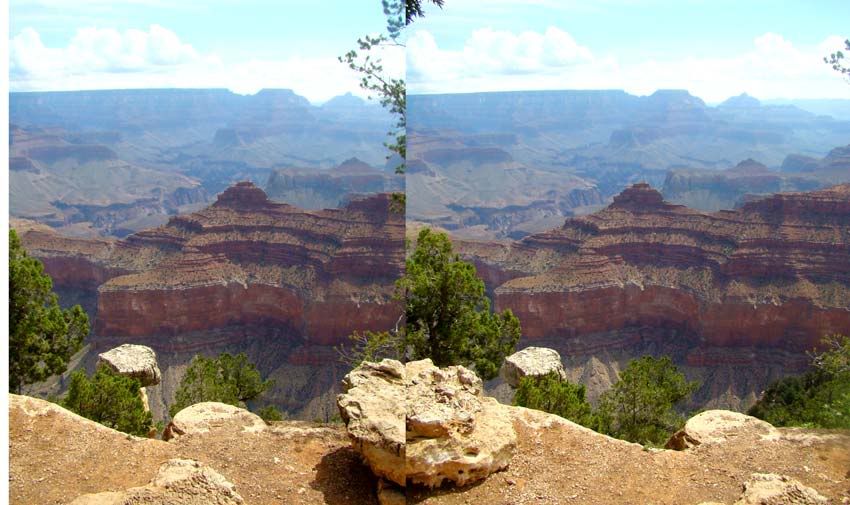

No comments:
Post a Comment